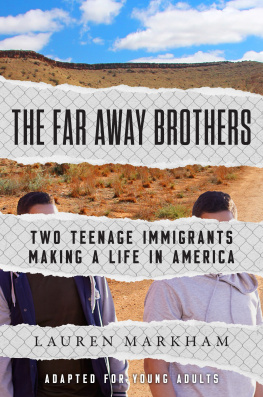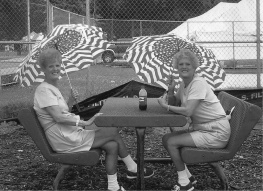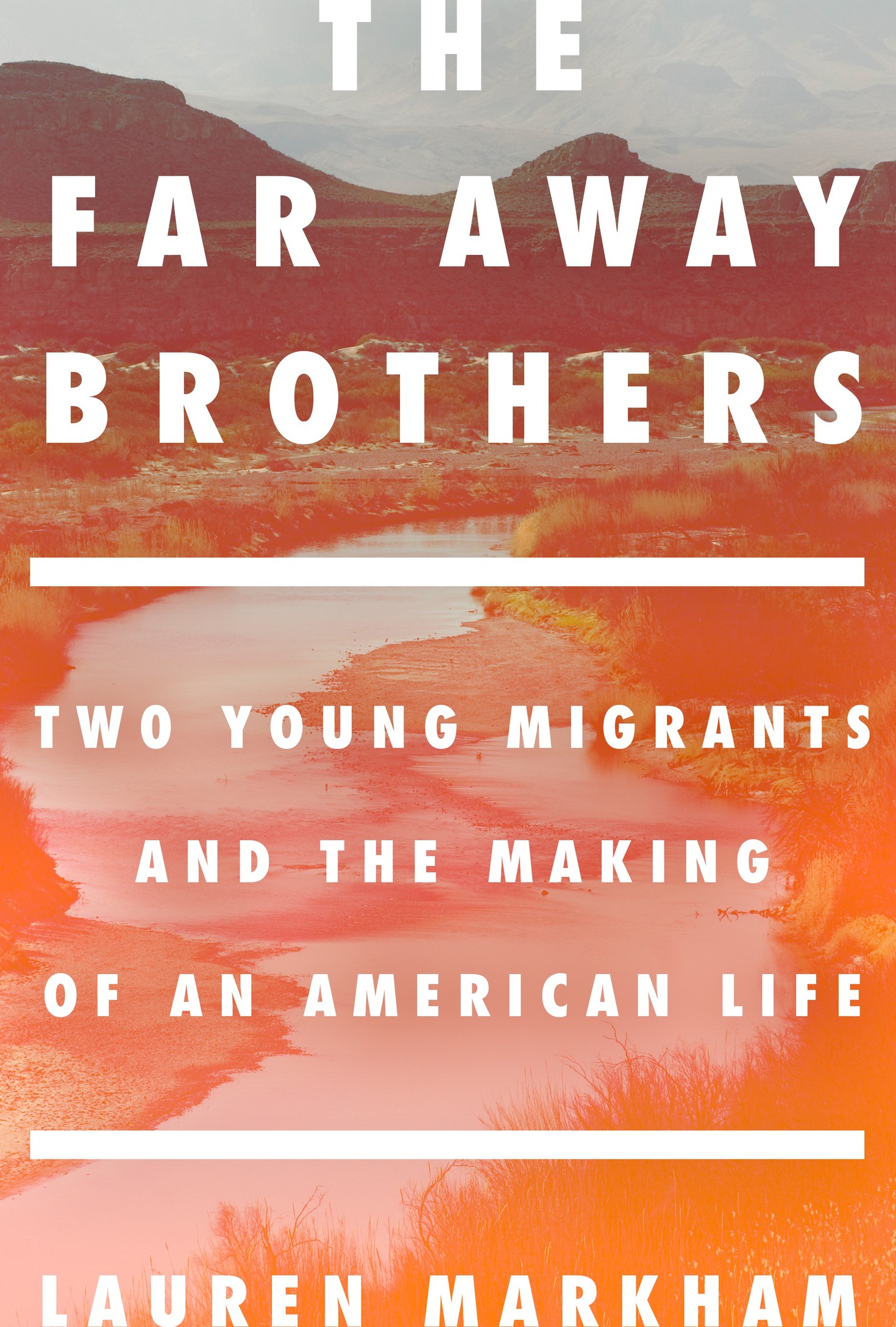Lauren Markham - The Far Away Brothers: Two Young Migrants and the Making of an American Life
Here you can read online Lauren Markham - The Far Away Brothers: Two Young Migrants and the Making of an American Life full text of the book (entire story) in english for free. Download pdf and epub, get meaning, cover and reviews about this ebook. year: 2017, publisher: Crown, genre: Detective and thriller. Description of the work, (preface) as well as reviews are available. Best literature library LitArk.com created for fans of good reading and offers a wide selection of genres:
Romance novel
Science fiction
Adventure
Detective
Science
History
Home and family
Prose
Art
Politics
Computer
Non-fiction
Religion
Business
Children
Humor
Choose a favorite category and find really read worthwhile books. Enjoy immersion in the world of imagination, feel the emotions of the characters or learn something new for yourself, make an fascinating discovery.

- Book:The Far Away Brothers: Two Young Migrants and the Making of an American Life
- Author:
- Publisher:Crown
- Genre:
- Year:2017
- Rating:4 / 5
- Favourites:Add to favourites
- Your mark:
The Far Away Brothers: Two Young Migrants and the Making of an American Life: summary, description and annotation
We offer to read an annotation, description, summary or preface (depends on what the author of the book "The Far Away Brothers: Two Young Migrants and the Making of an American Life" wrote himself). If you haven't found the necessary information about the book — write in the comments, we will try to find it.
Impeccably timed, intimately reported, and beautifully expressed.The New York Times
NAMED ONE OF THE BEST BOOKS OF THE YEAR BY THE NEW YORK TIMES BOOK REVIEW WINNER OF THE RIDENHOUR BOOK PRIZE SILVER WINNER OF THE CALIFORNIA BOOK AWARD
Growing up in rural El Salvador in the wake of the civil war, the United States was a distant fantasy to identical twins Ernesto and Raul Floresuntil, at age seventeen, a deadly threat from the regions brutal gangs forces them to flee the only home theyve ever known. In this urgent chronicle of contemporary immigration, journalist Lauren Markham follows the Flores twins as they make their way across the Rio Grande and the Texas desert, into the hands of immigration authorities, and from there to their estranged older brother in Oakland, CA. Soon these unaccompanied minors are navigating school in a new language, working to pay down their mounting coyote debt, and facing their day in immigration court, while also encountering the triumphs and pitfalls of teenage life with only each other for support. With intimate access and breathtaking range, Markham offers an unforgettable testament to the migrant experience.
FINALIST FOR THE LOS ANGELES TIMES BOOK PRIZE SHORTLISTED FOR THE J. ANTHONY LUKAS BOOK PRIZE LONGLISTED FOR THE PEN/BOGRAD WELD PRIZE FOR BIOGRAPHY
[This] beautifully written book . . . can be read as a supplement to the current news, a chronicle of the problems that Central Americans are fleeing and the horrors they suffer in flight. But it transcends the crisis. Markhams deep, frank reporting is also useful in thinking ahead to the challenges of assimilation, for the struggling twins and many others like them. . . . Her reporting is intimate and detailed, and her tone is a special pleasure. Trustworthy, calm, decent, it offers refuge from a world consumed by Twitter screeds and cable news demagogues. . . . A generous book for an ungenerous age.Jason DeParle, The New York Review of Books
You should read The Far Away Brothers. We all should.NPR
This is the sort of news that is the opposite of fake. . . . Markham is our knowing, compassionate ally, our guide in sorting out, up close, how our new national immigration policy is playing out from a human perspective. . . . An important book.The Minneapolis Star Tribune
Lauren Markham: author's other books
Who wrote The Far Away Brothers: Two Young Migrants and the Making of an American Life? Find out the surname, the name of the author of the book and a list of all author's works by series.







